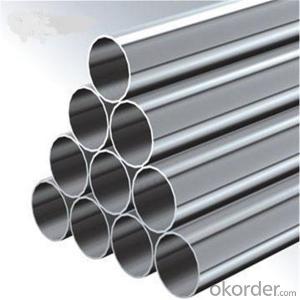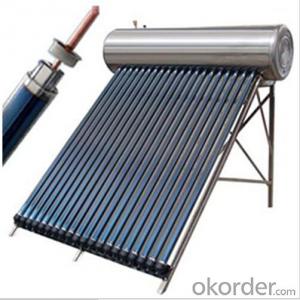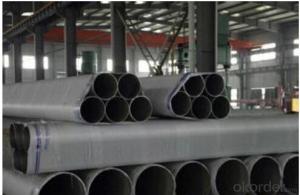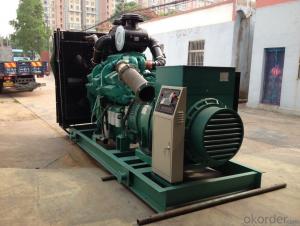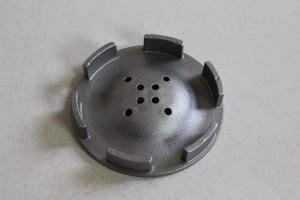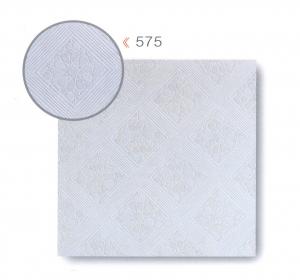Stainless Steel Tig Settings
Stainless Steel Tig Settings Related Searches
Best Paint For Stainless Steel Blanket Insulation For Steel Buildings Primer For Galvanized Steel Foam Filter For Stainless Steel H S Code For Stainless Steel Surface Grinding Wheels For Stainless Steel Surface Grinding Wheels For Hardened Steel Hole Saw For Stainless Steel Paint For Stainless Steel Stainless Steel For BbqHot Searches
Steel Mesh Panels For Sale Price For Stainless Steel Scrap Scrap Price For Stainless Steel Price For Stainless Steel Stainless Steel Tank For Sale Stainless Steel Sheets For Sale Cheap High Tea Sets For Sale Stainless Steel Tanks For Sale Stainless Steel For Sale High Density Fiberboard For Sale Solar Hot Water Collectors For Sale Scaffolding For Sale In Uae Scaffolding For Sale In Ireland Scaffolding For Sale In Houston Type Of Inverter For Solar Price Of Shipping Containers For Sale Types Of Inverter For Solar Stock Price For Aluminum Used Solar Inverter For Sale Steel Mesh Panels For SaleStainless Steel Tig Settings Supplier & Manufacturer from China
Okorder.com is a professional Stainless Steel Tig Settings supplier & manufacturer, offers integrated one-stop services including real-time quoting and online cargo tracking. We are funded by CNBM Group, a Fortune 500 enterprise and the largest Stainless Steel Tig Settings firm in China.Hot Products
FAQ
- Yes, stainless steel pipes are highly resistant to corrosion. This is due to the presence of chromium in stainless steel, which forms a passive layer on the surface of the pipe. This passive layer acts as a protective barrier, preventing the metal underneath from coming into contact with corrosive substances. The chromium content in stainless steel is typically at least 10.5%, which is higher than other types of steel, and this helps to enhance its corrosion resistance. Stainless steel pipes are widely used in various industries such as construction, oil and gas, and automotive, where corrosion resistance is essential to ensure the longevity and integrity of the pipes.
- No, stainless steel pipes cannot be electroplated. Electroplating is a process by which a layer of metal is deposited onto a conductive surface using an electric current. However, stainless steel is already a corrosion-resistant material due to its composition of chromium, which forms a protective layer on its surface. Because of this, stainless steel pipes do not require electroplating as they already possess the desired properties of durability and resistance to corrosion.
- Schedule 30 and Schedule 40 are two different classifications of stainless steel pipes based on their wall thickness and pressure ratings. The main difference between Schedule 30 and Schedule 40 stainless steel pipes lies in their wall thickness. Schedule 30 stainless steel pipes have a thinner wall compared to Schedule 40 pipes. The wall thickness of Schedule 30 pipes is generally less than that of Schedule 40 pipes. This means that Schedule 30 pipes have a larger internal diameter compared to Schedule 40 pipes for the same nominal size. The thickness of the pipe walls directly affects the pressure rating and strength of the pipe. Schedule 40 stainless steel pipes are designed to handle higher pressure and have higher structural integrity due to their thicker walls. They are commonly used in applications where high-pressure fluids or gases are being transported, such as in industrial settings or for plumbing systems in commercial buildings. On the other hand, Schedule 30 stainless steel pipes are typically used in applications where the pressure requirements are lower. They are suitable for applications with more moderate pressure demands or where the fluid being transported does not require a higher pressure rating. In summary, the main difference between Schedule 30 and Schedule 40 stainless steel pipes is their wall thickness, with Schedule 40 pipes having thicker walls and higher pressure ratings compared to Schedule 30 pipes. The choice between the two depends on the specific requirements of the application, including the pressure and fluid being transported.
- Yes, stainless steel pipes can be used for gas pipelines. Stainless steel is a highly durable and corrosion-resistant material, making it suitable for transporting various types of gases, including natural gas and propane. Stainless steel pipes also have high tensile strength, which allows them to withstand high pressure and temperature conditions that are often encountered in gas pipelines. Additionally, stainless steel is non-reactive, meaning it does not react with the gases being transported, ensuring the integrity and safety of the pipeline system. Overall, stainless steel pipes are a reliable choice for gas pipelines due to their strength, corrosion resistance, and ability to handle high-pressure environments.
- Yes, stainless steel pipes can be used in food processing industries. Stainless steel is a highly durable and corrosion-resistant material that does not react with food or beverages, making it ideal for use in food processing facilities. It is also easy to clean and maintain, ensuring the safety and hygiene of the food processing process.
- The main difference between seamless and submerged arc welded stainless steel pipes lies in the manufacturing process. Seamless stainless steel pipes are produced without any welding seam, resulting in a smoother and more uniform surface. On the other hand, submerged arc welded stainless steel pipes are created by welding strips of stainless steel using an electric arc submerged in a flux. This process may leave a visible welding seam on the surface. Overall, seamless pipes offer better corrosion resistance and higher strength, while submerged arc welded pipes are typically more cost-effective and suitable for applications with lower pressure requirements.
- The main difference between a pipe and a tube in stainless steel applications is their dimensions and manufacturing processes. Pipes are typically used to transport fluids or gases and have standardized dimensions, with specific wall thicknesses and outside diameters. Tubes, on the other hand, have a wide range of dimensions and are often used for structural or mechanical applications. Tubes can have varying wall thicknesses and outside diameters, providing more flexibility in design and functionality. Additionally, the manufacturing processes for pipes and tubes differ. Pipes are typically manufactured through a welding or seamless process, while tubes can be produced through various methods such as welding, seamless, or extrusion.
- Yes, stainless steel pipes are highly suitable for food processing applications. This is because stainless steel is resistant to corrosion, easy to clean and sanitize, and does not react with food or alter its taste. Additionally, stainless steel pipes comply with hygiene and safety standards, making them ideal for the food industry.




















